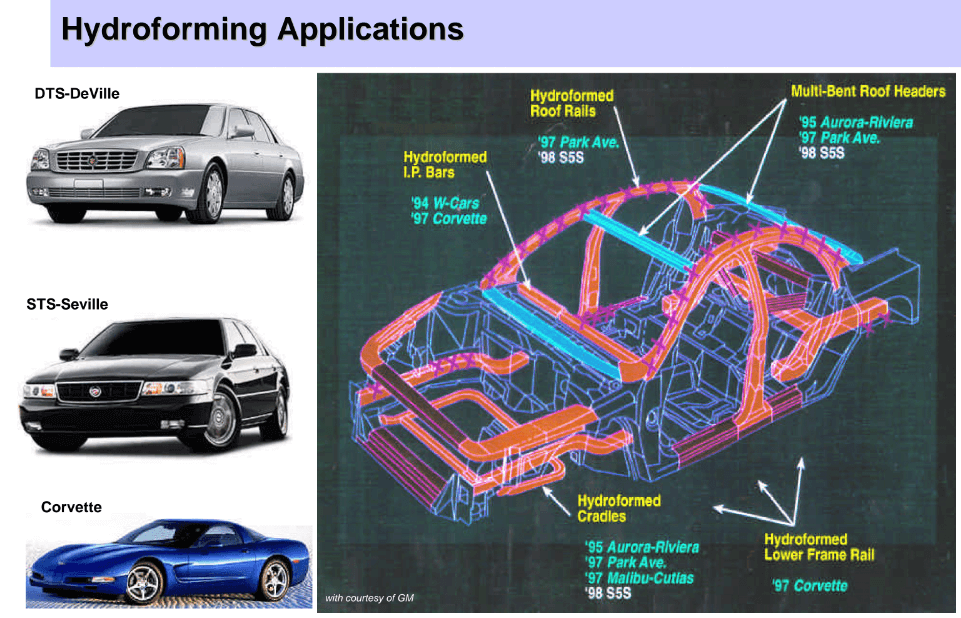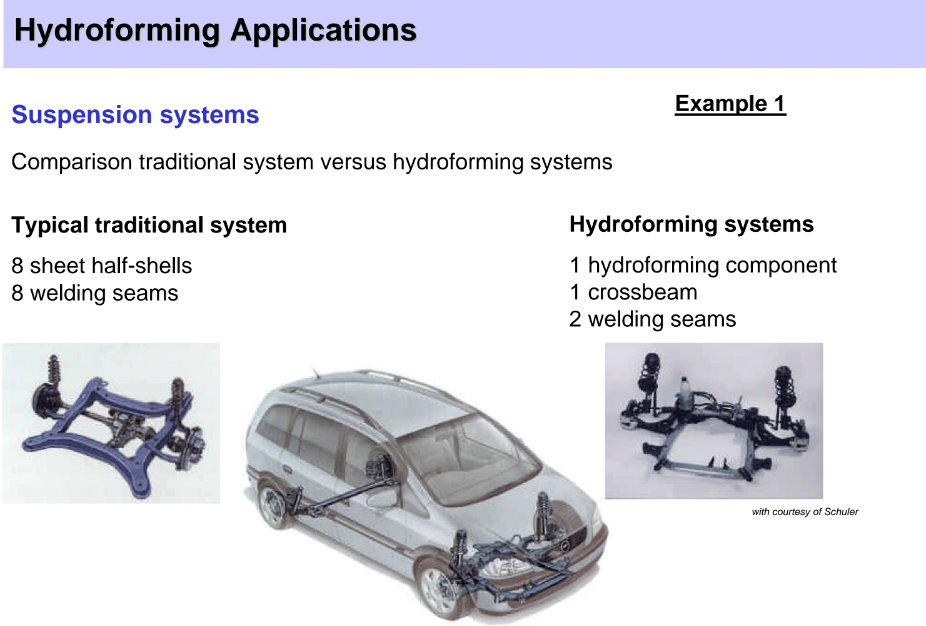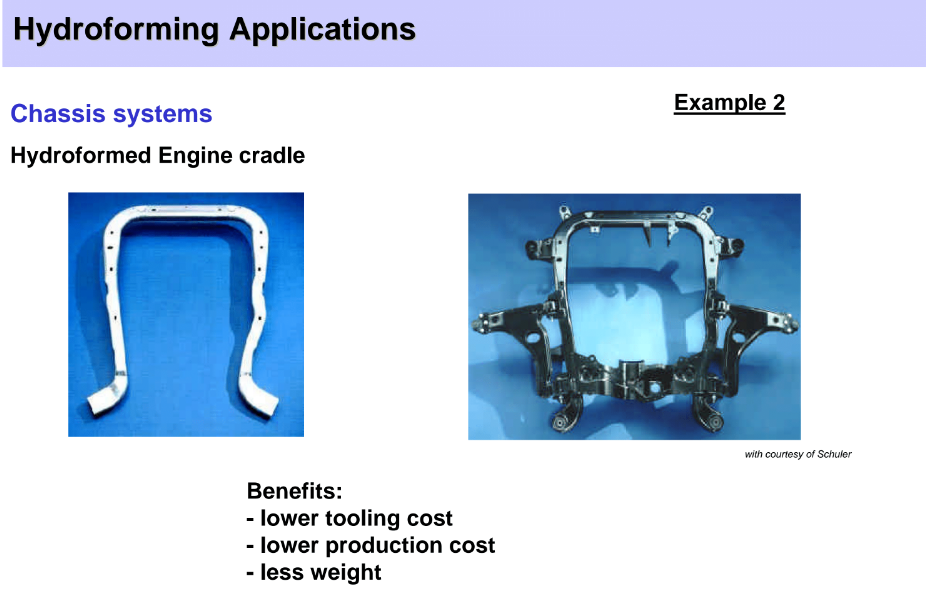Hydroforming: A Great Alternative for Higher-Quality Production
Contents
There are many different manufacturing processes available, so it’s important to consider all of them for your particular case. Hydroforming is not a new concept, but thanks to new developments in the industry, it has become one of the most cost-effective ways to manufacture high-quality parts.

Higher-Quality Production with Hydroforming
A new sheet metal product can be manufactured using a number of different processes, each with pros and cons. For some companies, the deciding factor may be the production equipment that is already available in the factory. However, this method of process selection often leads to inefficient production OR worse, an incapable production which is not realized until the process starts.

Quite often, the new sheet metal product in question is assessed using traditional text book methods that have served the industry well for many decades. In particular, tonnage calculations are performed by over-simplified formulas which work great for simple parts, but fail to capture today’s complex three-dimensional product shapes dreamed up by designers to make products conform to the current style or trend in the consumer market.
When traditional tonnage estimations fail to correctly estimate requirements for new sheet metal products, this may lead to a false assumption that existing production equipment is suitable for production start. It goes without saying that advanced simulation software is required to correctly determine sheet metal forming tonnages.
The same applies for hydroforming, however, as well as tonnage calculations – the most important factor is pressure, that is, the hydroforming pressure required to expand the sheet metal into the required shape for a given material of given thickness. A stamping press is required to contain the pressure, and thus a press with suitable tonnage is required in addition. In some cases, the press may also preform the sheet metal blank before hydroforming. Advanced sheet metal forming simulation will correctly calculate the tonnage required for a hydroforming press, as well as the hydro forming pressure required.
Since hydroforming presses are controlled by hydraulic rams and pumps, pressures and tonnages are easily controlled by conventional hydraulic valves coupled with modern digital pressure sensors, and usually a micro-processor or PC. The point is, hydroforming machines deliver precise and accurate control of pressure and tonnage, at slower speeds than the average sheet metal stamping press.

For this reason, many consider hydroforming to produce superior sheet metal products when compared to conventional crank driven stamping presses. Dimensional control is excellent, and product surface finish is often higher than a traditional stamped part due to the flexible or soft tooling used in a hydroforming press machine, and reduced vertical contact with the sheet metal.
Furthermore, hydroforming offers low volume part production at lower tooling costs, thanks to the need for only one sided tooling. A flexible bladder is used for the opposite side of tooling, which requires no machining or setup. Because of the way the hydro fluid expands the bladder, deeper and more complex parts may be formed than otherwise possible with a traditional stamping tool.
Improve Your Production Capabilities
AutoForm and StampingSimulation are able to provide full incremental simulations of all sheet metal hydroforming process steps, including pre-forming, bending and hydroforming. Tubular or sheet hydroforming is possible. Contact StampingSimulation today to learn more about how we can improve your production.
